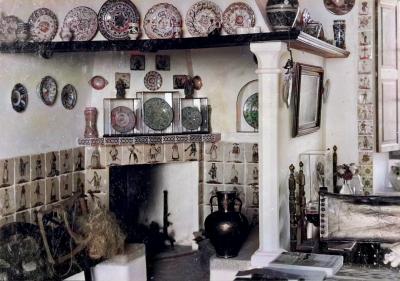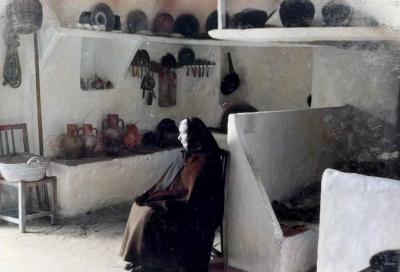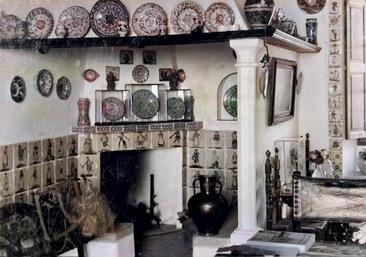In what ways do traditional Mallorcan crafts like pottery and textiles reflect the island's historical cultural influences?
Similar Topics
mallorcan crafts
traditional pottery
mallorcan textiles
moorish influence
mediterranean trade
islamic art patterns
natural dyes
cultural heritage
Traditional Mallorcan crafts such as pottery and textiles offer a vivid window into the island’s rich tapestry of historical cultural influences. The artistry and techniques found in these crafts have evolved over centuries, shaped by the diverse peoples who have inhabited and traded with Mallorca. For example, the Moorish occupation of the island from the 10th to the 13th century left an indelible mark on pottery styles, introducing intricate geometric patterns and glazing techniques that remain central to Mallorcan ceramics today. These designs often reflect Islamic art’s emphasis on symmetry and detailed ornamentation, while also incorporating local motifs drawn from the island’s natural surroundings.
Similarly, Mallorcan textiles embody a blend of Mediterranean and Iberian influences, combining practical craftsmanship with aesthetic appeal. The vibrant colors and bold patterns seen in traditional Mallorcan fabrics can be traced back to the island’s historical role as a crossroads between Europe and North Africa. Techniques such as weaving and embroidery have been passed down through generations, often utilizing natural dyes derived from plants found on the island. This continuity preserves an ancient connection to Mallorca’s agrarian lifestyle and its ties to broader Mediterranean trade routes. Moreover, the distinctive stripes and checks that characterize many Mallorcan textiles highlight an enduring preference for strong, straightforward designs that balance utility with beauty.
Together, these crafts do more than just decorate; they tell the story of the island’s layered history. They reveal how varying cultural currents—from Roman times through Moorish rule, and into the era of Catalan influence—have merged to produce unique artistic expressions. Visitors to Mallorca today can see this legacy reflected in the handcrafted items sold in local markets and workshops, where artisans continue to uphold traditions that celebrate the island’s diverse heritage. In this way, pottery and textiles serve not only as cultural artifacts but as living testimonies to Mallorca’s enduring spirit and historical complexity.
Similarly, Mallorcan textiles embody a blend of Mediterranean and Iberian influences, combining practical craftsmanship with aesthetic appeal. The vibrant colors and bold patterns seen in traditional Mallorcan fabrics can be traced back to the island’s historical role as a crossroads between Europe and North Africa. Techniques such as weaving and embroidery have been passed down through generations, often utilizing natural dyes derived from plants found on the island. This continuity preserves an ancient connection to Mallorca’s agrarian lifestyle and its ties to broader Mediterranean trade routes. Moreover, the distinctive stripes and checks that characterize many Mallorcan textiles highlight an enduring preference for strong, straightforward designs that balance utility with beauty.
Together, these crafts do more than just decorate; they tell the story of the island’s layered history. They reveal how varying cultural currents—from Roman times through Moorish rule, and into the era of Catalan influence—have merged to produce unique artistic expressions. Visitors to Mallorca today can see this legacy reflected in the handcrafted items sold in local markets and workshops, where artisans continue to uphold traditions that celebrate the island’s diverse heritage. In this way, pottery and textiles serve not only as cultural artifacts but as living testimonies to Mallorca’s enduring spirit and historical complexity.
🧩 Related Questions
Related Question
What contrasts can travelers observe between Mallorca’s historical windmills and modern wind farms?
Related Question
How do local residents perceive the streets named after foreign countries in terms of cultural pride?
Related Question
How does the local climate in Mallorca influence the flavors of the honey produced on the island?



